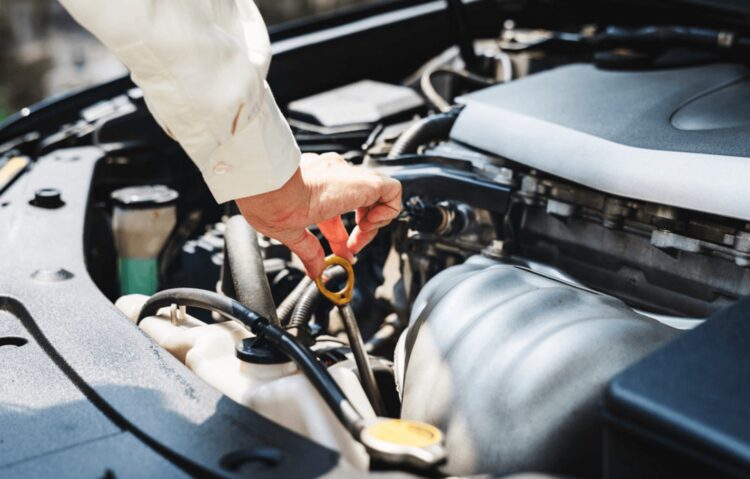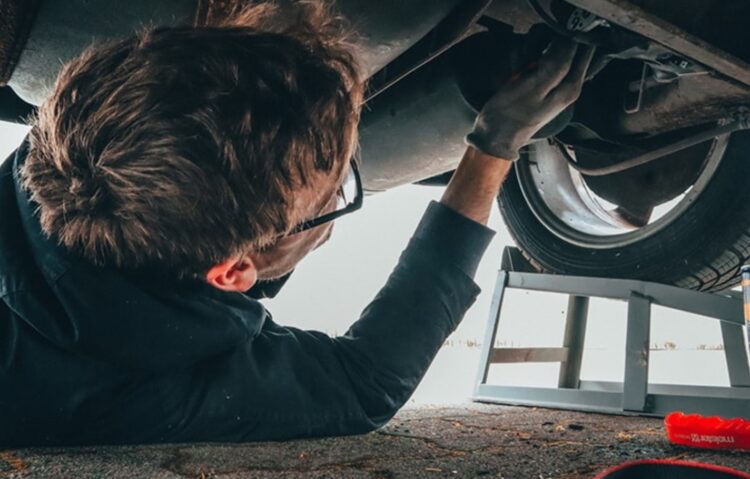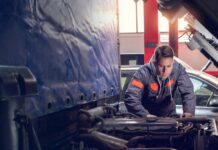
Any company that relies on a fleet of vehicles to complete various tasks should take maintenance very seriously. Examples of such organizations include but aren’t limited to trucking companies, car rental service companies, home repair and maintenance companies, governmental agencies, and electrical service providers. The cars represent an integral part of the business, so it’s necessary to keep them operating in good condition so that they’re safe and stay longer on the road. The fleet owner, manager, or operator must optimize the process so as to keep all the automobiles in perfect working condition. If there’s a good system in place, it’s possible to prevent nagging problems and avoid costly mistakes.
Fleet vehicle maintenance implies a combination of planning, diagnostic work, and repair scheduling. It preserves the short-term and long-term health of the cars, not to say that it can save thousands of dollars in terms of repair costs. Expensive repairs can be detected on time and the issues can be fixed before a major breakdown takes place. When the fleet of vehicles is well-maintained, business increases productivity, which ultimately leads to higher profits. In what follows, we’ll present some strategies that can help avoid mass breakdowns.

Implement a preventative maintenance plan
No matter how big or small the vehicle fleet is, it’s paramount to implement a solid preventative maintenance plan. Activities such as inspection, cleaning, testing, and repairs can help you dodge a number of issues, ranging from minor to severe. Not only can you reduce but also eliminate mechanical problems. If preventative maintenance isn’t carried out on a regular basis, vehicle lifespan will be considerably reduced. So, do your due diligence.
Develop a thorough list of items to inspect and check regularly. For instance, you could arrange a schedule to check the car parts. Some components are more vulnerable than others, which means they require regular inspection to ensure smooth operations. It can be hard to identify which ones are the most important. If you want to keep your fleet in top shape, check the following components:
- Brakes
- Tires
- Air filter
- Oil
- Transmission fluids
- Suspension and steering parts
Some car parts have a lifespan, after which they need to be replaced. Web-based auto parts warehouses such as Partsgeek.com make available OEM and aftermarket replacement parts. If you find something faulty, place an order and have the car part replaced.
Needless to say, the driver is the first line of defense. They should communicate vehicle issues immediately to the fleet management so that proactive measures can be taken. The driver should monitor several systems, of which mention can be made of vehicle safety items, vehicle drivability items, vehicle body, and vehicle miscellaneous repair items. If the car presents signs of irregularity, it’s crucial to isolate the problem and fix it.

Determine how you’ll use the vehicles beforehand
Figuring out what types of automobiles are suitable for your fleet can be difficult. Set some time aside and make a plan for how you’re going to deploy each vehicle. It doesn’t matter if you’re buying, financing fleet purchases, or leasing your vehicles; choose cars that are appropriate for their intended use. Brand, as well as manufacturer-specific characteristics, might limit your choices. This is why it’s recommended to concentrate on the required vehicle capabilities. There are two main aspects to take into account, namely:
- The style, size, and carrying capacity – Establish what types and amounts of supplies will be necessary. Is it more important to keep the merchandise out of sight or enjoy a larger carrying capacity? The decision is up to you.
- Routing, roads, and terrains – Will the car be used for the transportation of goods through urban areas? Or will it have to cover long distances and highways? If the vehicle won’t be used in an off-road setting, such as a construction site, there’s no point in investing in an SUV.
Most importantly, the vehicle inventory shouldn’t include old cars. Over-utilized automobiles lead to maintenance issues down the line and will cost more money to fix. Company vehicles can turn out to be a great addition to your business. Nonetheless, if you make the wrong choice, you’ll incur big expenses. Make informed decisions on your next purchase. Knowing what you need and what you don’t will keep you from making impulse buys. Determine what the vehicle will be carrying and its operating conditions.

Enhance drivers’ habits on the road
Poor driving habits and patterns can result in premature wear and tear and increased fuel costs. Fortunately, all this can be corrected through education and training. It’s a long and continual process, but it’s worthwhile. Safe driving habits will significantly decrease the likelihood of your employees getting involved in an accident that leads to injury and even fatality. The main contributing factors to collisions are decision errors, performance errors, recognition errors, and, last but not least, non-recognition errors. A good software system can monitor the moves of the drivers and let you know if they engage in irresponsible behavior.
If you want to make your vehicle fleet safer, thoroughly screen drivers when hiring. Take prospective candidates on a test drive and evaluate their driving skills. The past is an indicator of what might happen in the future, so you might want to do a background check on every person and pull their driving records. Taking precautions will undoubtedly extend the hiring period. Nevertheless, you’ll be able to save yourself a headache. When you’re managing countless people, it’s important to preserve your investment and keep the cars on the road.
Finally yet importantly, adequate fleet maintenance requires professional input. Given the continually advancing vehicle technologies, you need to hire skilled technicians that are capable of handling the complexities of modern automobiles. Invest in ongoing training if you want to have a guarantee that the technicians can handle maintenance tasks effectively and efficiently. More exactly, reduce unpleasant surprises to a minimum. Hire automotive technicians that can think on their feet and find solutions to any problem. They make successful employees and enhance your business’ credibility.











